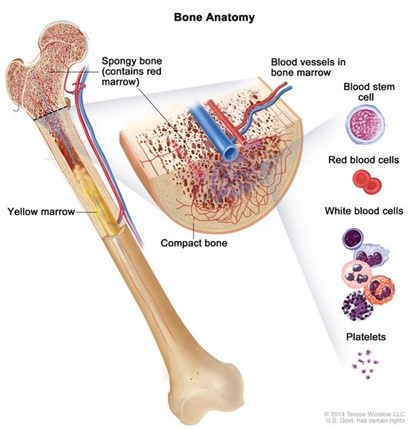The shoulder and hip are examples of ball and socket joints.
Briefly describe the structural differences between the two and how this impacts the available motions at each joint.
The Correct Answer is ["The shoulder and hip are examples of ball and socket joints"]
Briefly describe the structural differences between the two and how this impacts the available motions at each joint.
Answer and explanation.
The shoulder and hip are both ball and socket joints, which means they have a round end of one bone that fits into a small cup-like area of another bone.
However, the shoulder joint is more mobile than the hip joint, which means it can move in more directions, but it is also more unstable and prone to dislocation.
The hip joint is more stable than the shoulder joint, which means it can support more weight and force, but it has less range of motion.
The shoulder joint allows for eight different movements: flexion, extension, abduction, adduction, internal rotation, external rotation, horizontal abduction, and horizontal adduction.
The hip joint allows for six different movements: flexion, extension, abduction, adduction, internal rotation, and external rotation.
The shoulder joint has a larger socket than the hip joint, which gives it more freedom of movement.
The hip joint has a smaller socket than the shoulder joint, which makes it more secure and stable.
The shoulder and hip joints are both important for many daily functions and activities.
They are also both susceptible to injuries and conditions such as osteoarthritis, inflammatory arthritis, and labrum tears.
Nursing Test Bank
Naxlex Comprehensive Predictor Exams
Related Questions
Correct Answer is D
Explanation
Bone marrow is the soft, spongy tissue that fills the medullary cavity of long bones.
Bone marrow contains hematopoietic stem cells that produce blood cells, as well as fat cells and other supportive cells.

Choice A is incorrect because spongy bone is not the tissue that fills the medullary cavity, but the type of bone tissue that surrounds it.
Spongy bone has a porous structure that provides strength and flexibility to the bone.
Choice B is incorrect because compact bone is not the tissue that fills the medullary cavity, but the type of bone tissue that forms the outer wall of the diaphysis.
Compact bone has a dense and hard structure that provides protection and support to the bone.
Choice C is incorrect because none of these is not a valid answer.
The medullary cavity of long bones does contain a specific type of tissue, which is bone marrow.
Correct Answer is D
Explanation
A cartilaginous joint is a joint where the bones are united by cartilage.
A hyaline cartilage joint is a type of cartilaginous joint where the bones are joined by hyaline cartilage.
An example of a hyaline cartilage joint is the first sternocostal joint that unites the first rib to the sternum.
Choice A is incorrect because hyaline cartilage joints are not present in the maxilla.
The maxilla is a single bone that forms the upper jaw and palate. Choice B is incorrect because none is not a valid answer.
Choice C is incorrect because fibrous cartilage joints are not present in the skull. The skull bones are joined by fibrous joints called sutures.
Whether you are a student looking to ace your exams or a practicing nurse seeking to enhance your expertise , our nursing education contents will empower you with the confidence and competence to make a difference in the lives of patients and become a respected leader in the healthcare field.
Visit Naxlex, invest in your future and unlock endless possibilities with our unparalleled nursing education contents today
Report Wrong Answer on the Current Question
Do you disagree with the answer? If yes, what is your expected answer? Explain.
Kindly be descriptive with the issue you are facing.
